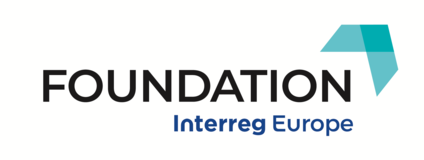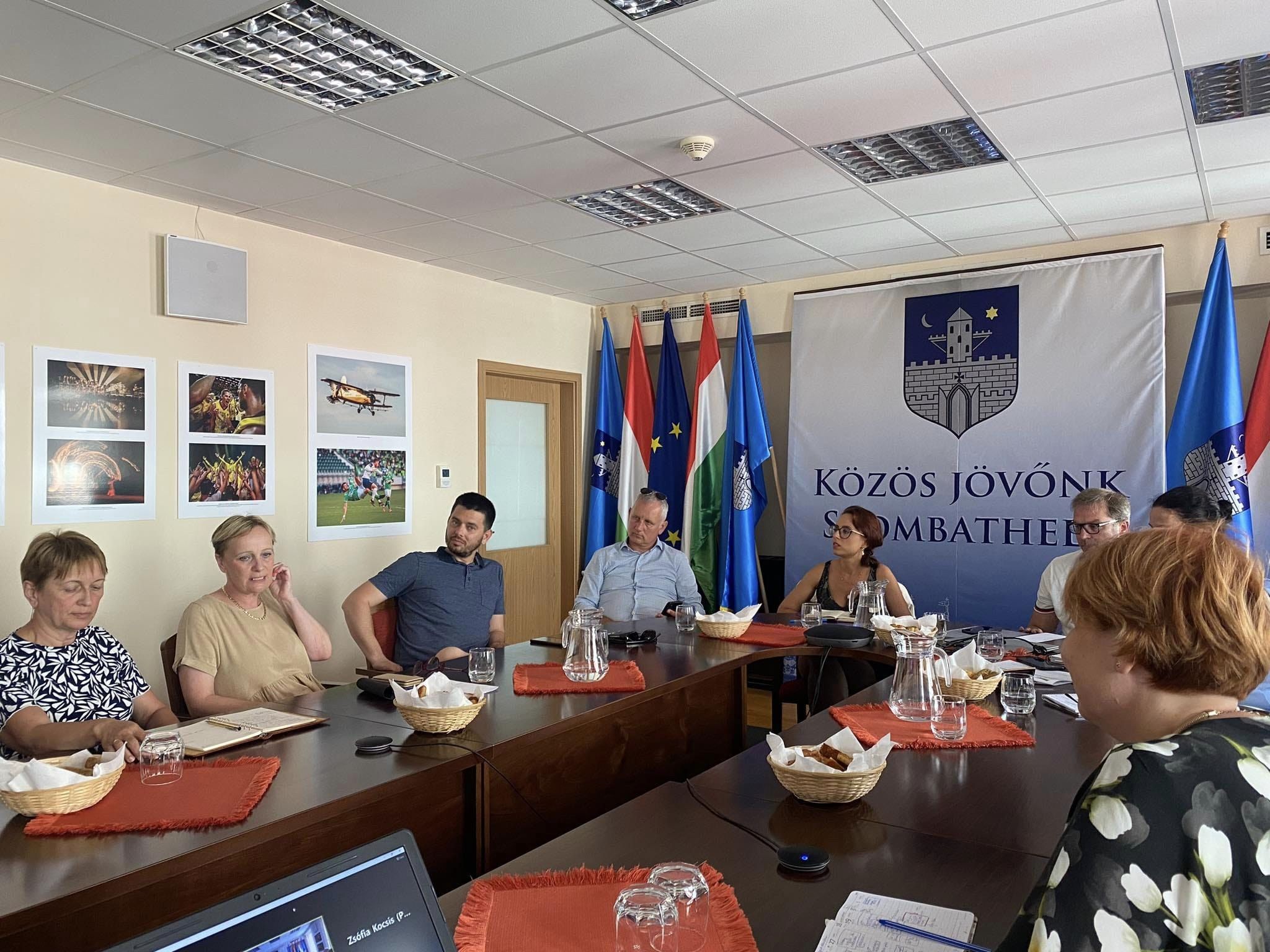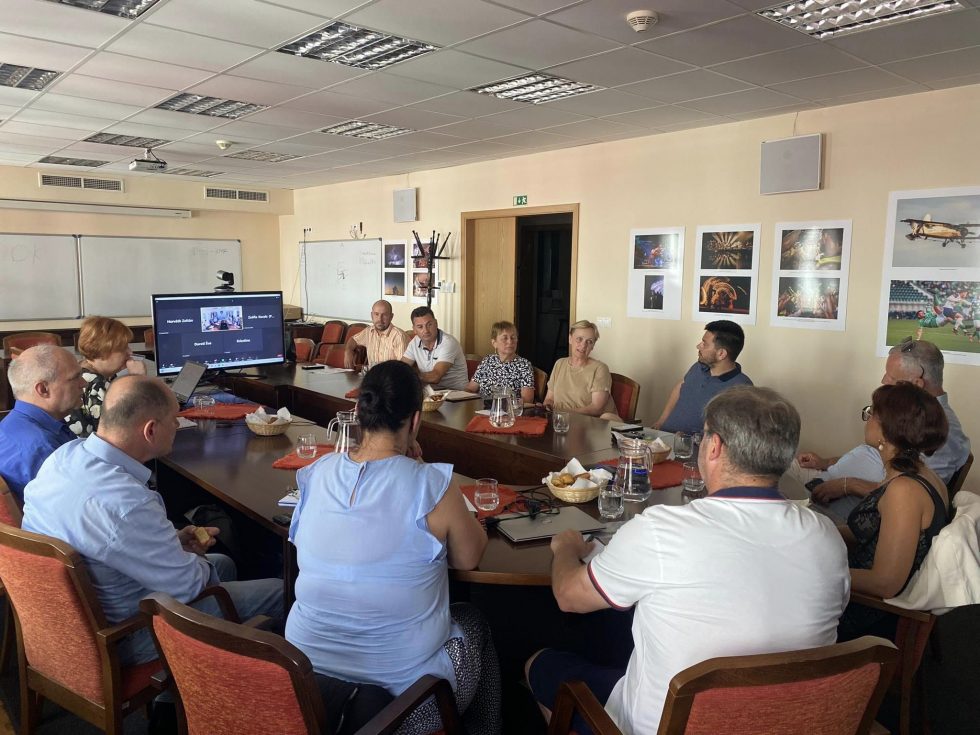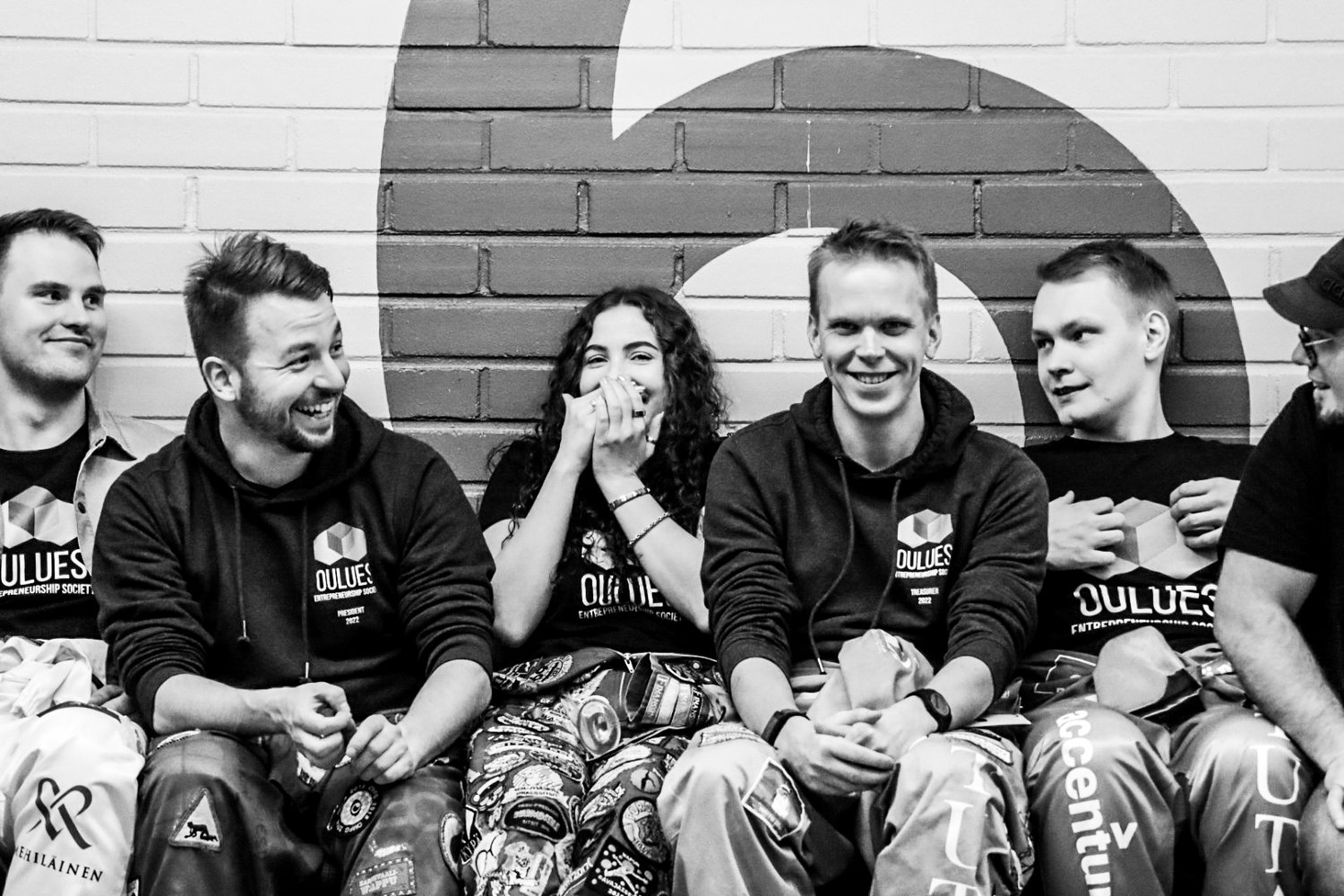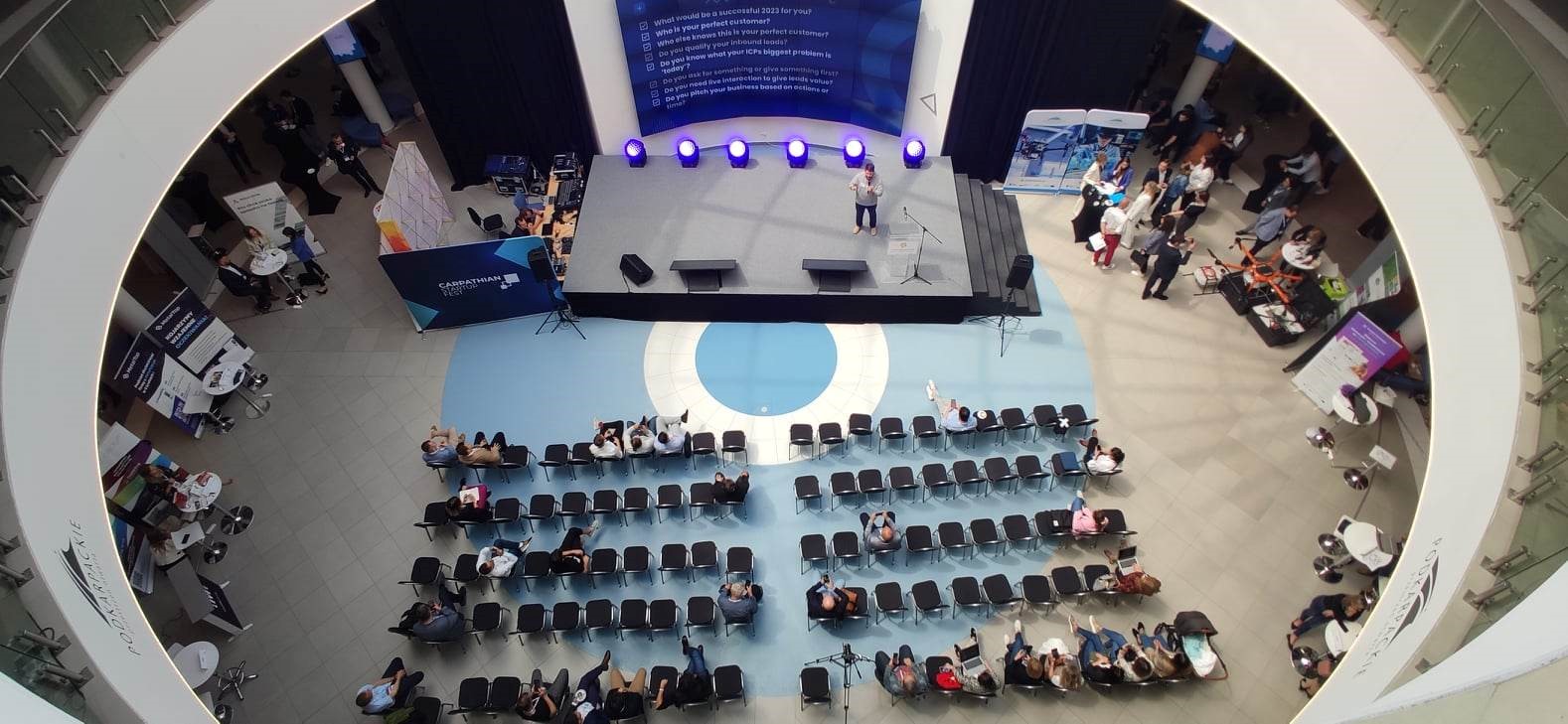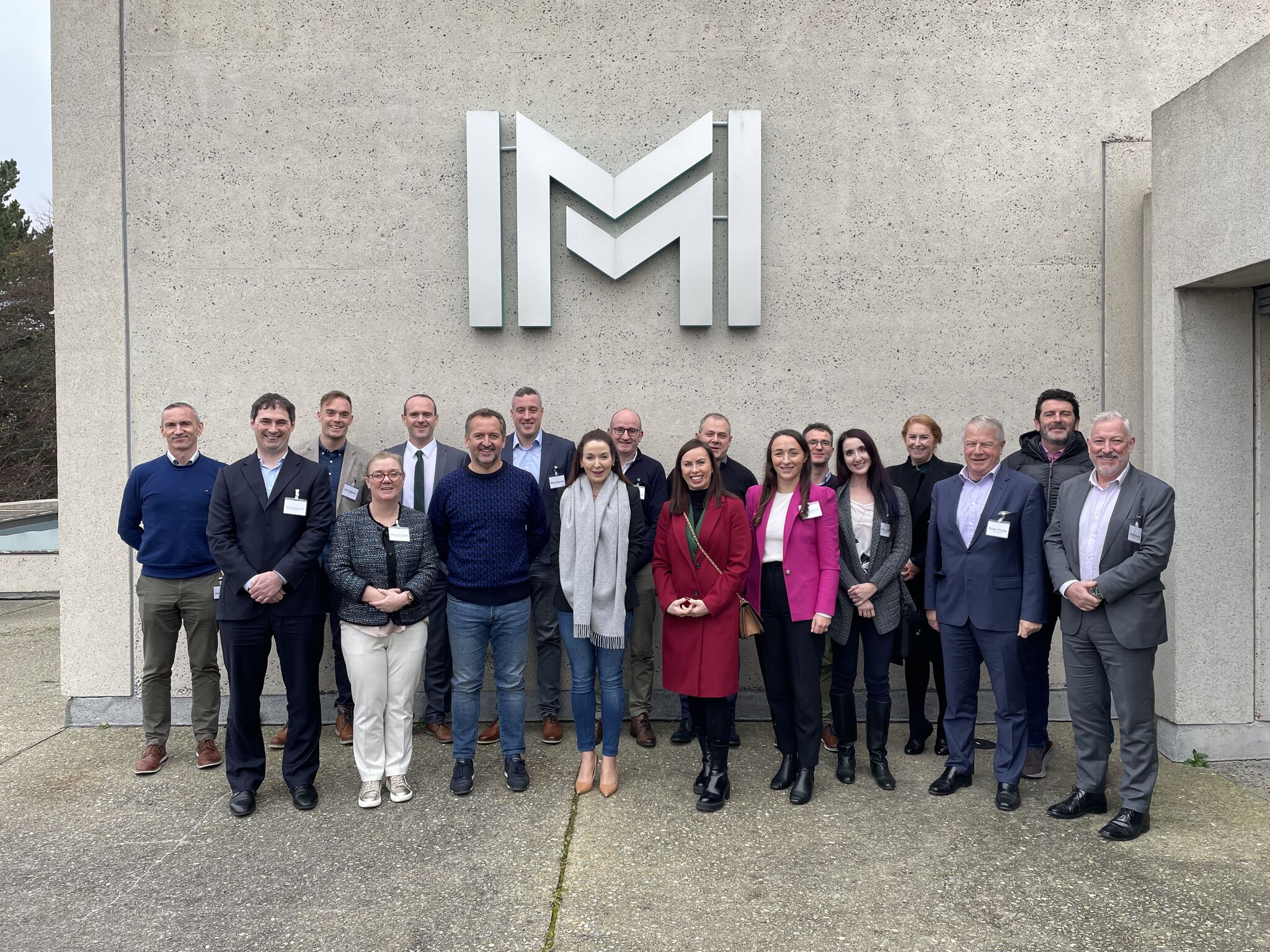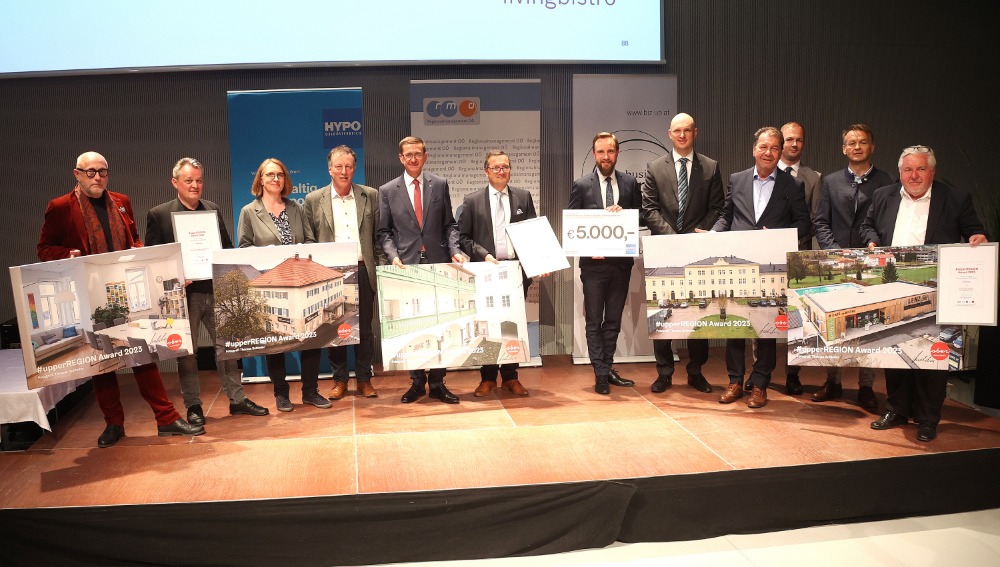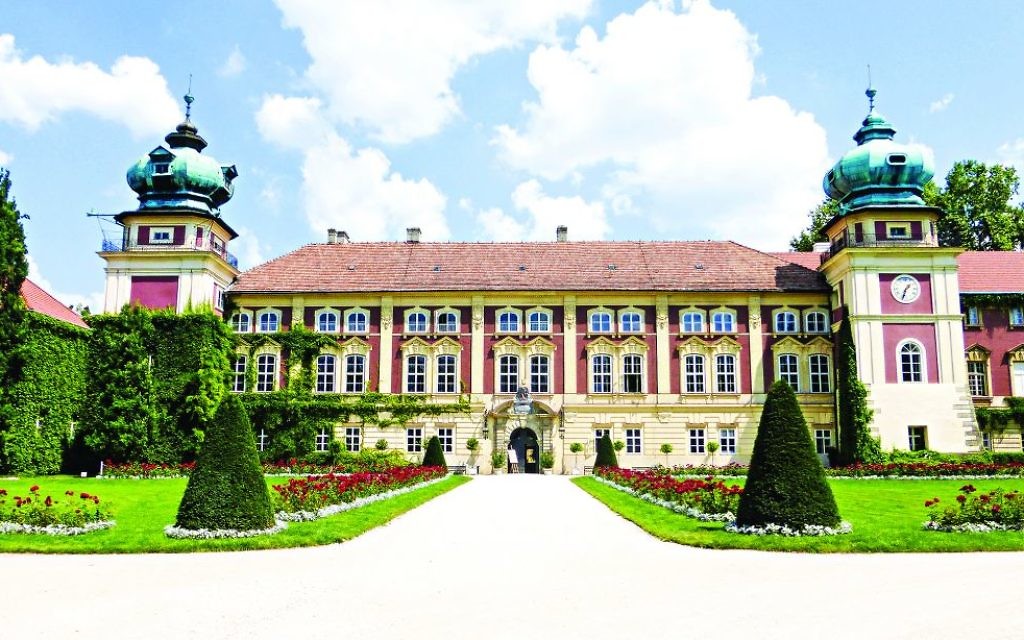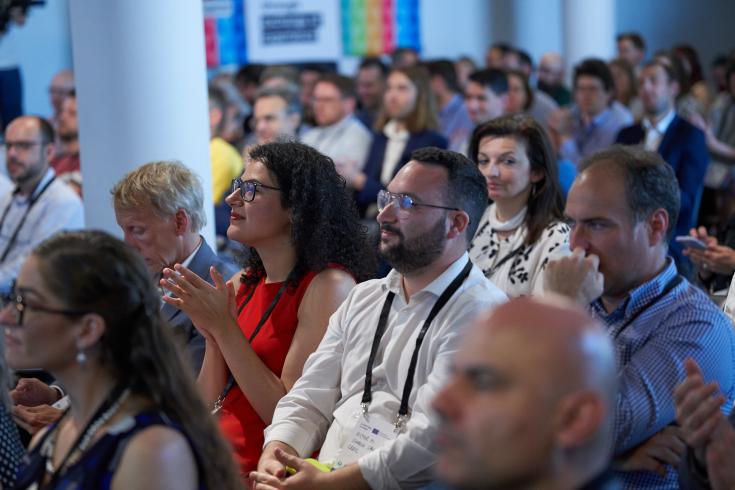Resilience on the micro level is extremely important, especially during times of crisis like the one we have been experiencing for more than a year now. PBN aims at understanding the factors behind the concept of resilience and determining the features of resilient businesses to be able to provide assistance and support for businesses in the future.
Before starting the empirical part of the research, previous scientific literature on the filed of resilience was reviewed to gain insight on the topic and learn from the experiences of others. During this review it became clear that economic resilience is not an exact area of science, and previous research focused more on qualitative analysis with an approach of collecting soft data from interviews. As the field lacks previous empirical research, PBN is even more determined to serve the scientific community with a model designed especially for this purpose. However, as the second phase of our research, an interview is planned with representatives of companies that are resilient according to the model.
For the research a database of Hungarian companies is used. It contains financial data from the income statement and the balance sheet of 26.000 Hungarian companies from 2002 to 2020. Companies under analysis are not homogeneous regarding their time of operation, number of employees, geographical distribution, and size. Also, classification methods for the number of workers and industrial sectors changed through the analysed period. In addition, there are a lot of missing data and in some cases the definition of values differ. As the first step of the research, we had to familiarize with the data, discover the descriptive statistics regarding the timely distribution of the number of existing companies, the length of operating time of companies, the number of workers in companies and the industrial distribution, as well. Based on the results, some companies were excluded for not fulfilling some basic requirements for further analysis.
The next step was the generation of combined variables and the exclusion of variables that are useless and the ones that have extremely high correlation with others. The combined variables (ROE, Liquidity rate) were examined by drawing up their yearly values. These were highly fluctuating in a lot of cases, so the smoothing technique of moving average was used to make them more transparent. The conclusion of this process was that no variable by itself can be a base for the whole research, they must be examined together.
The final evaluation method for the research was creating a system of criteria that are attributes of resilient companies. In this system the net income, equity, number of employees and ROE was determined at a certain level. For companies that fulfilled all the criteria, the timely values of all the above listed variables were drawn up. These companies were categorized by the anomalies in the trends that show the crises companies needed to face. Four groups are distinguished: ‘resilient’, ‘non-resilient’, ‘was resilient once’ and ‘continuously growing’. In the further research a classification method, logistic regression, will be used to characterise the elements of the groups and give an insight into the features of resilient companies. PBN will give continuous updates about the advancements.

